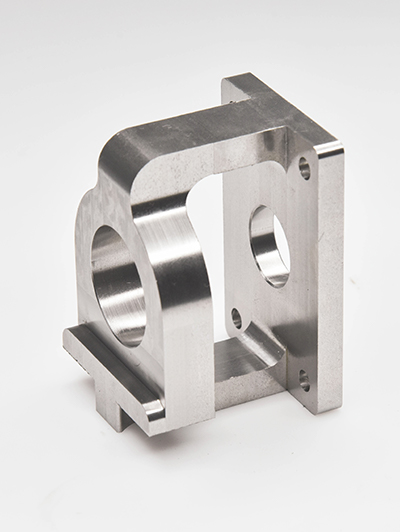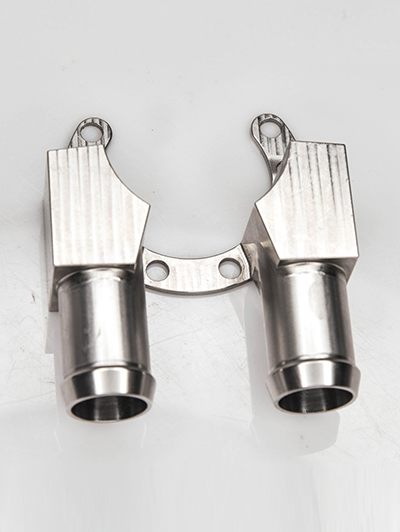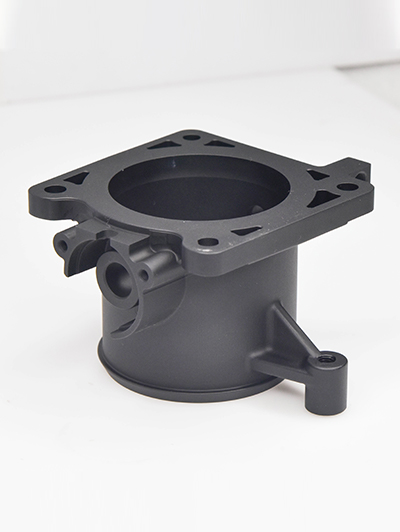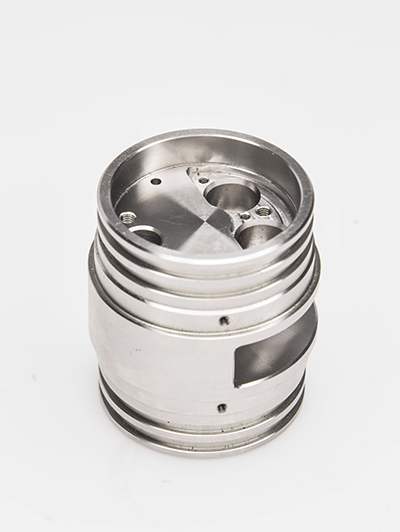Information
Can CNC machines handle micro-scale features for devices like surgical staples?
CNC machines are capable of handling micro-scale features for devices like surgical staples, thanks to their advanced technology and precise control systems. Here are the details:
Technological Capabilities
High Precision Movement: CNC machines can achieve extremely precise movement in multiple axes. They are equipped with high-resolution positioning systems, such as precision ball screws and linear guides, which enable accurate control of the tool's position. For example, some high-end CNC machines can achieve positioning accuracy within a few micrometers, allowing them to create the fine and precise shapes required for surgical staples.
Advanced Control Systems: The control systems of CNC machines use sophisticated algorithms and software to precisely control the machining process. They can handle complex geometries and paths, enabling the creation of micro-scale features with high repeatability. Operators can program the desired shape and dimensions of the surgical staple into the CNC system, and the machine will accurately execute the machining operations.
Micro-Machining Tools: Specialized micro-machining tools have been developed for use with CNC machines. These tools have extremely small diameters and sharp cutting edges, allowing them to remove material in very small amounts. For example, micro-end mills with diameters as small as 0.1 mm or less can be used to create the intricate details and fine features of surgical staples.
Material Considerations
Compatibility with Medical-Grade Materials: CNC machines can work with a variety of materials suitable for surgical staples, such as stainless steel, titanium, and some biocompatible polymers. They can handle the unique machining characteristics of these materials, including their hardness and ductility, to produce high-quality micro-scale features. For instance, when machining titanium, which is known for its high strength and biocompatibility, CNC machines can use appropriate cutting parameters and tooling to achieve the desired precision.
Material Removal and Surface Finish: CNC machines can control the material removal process precisely to achieve the desired micro-scale features and surface finish. They can perform operations like milling, drilling, and turning with high accuracy, allowing for the creation of smooth surfaces and sharp edges on surgical staples. This is crucial for the proper functioning of the staples and to minimize tissue damage during surgical procedures.
Quality Control and Verification
In-Process Monitoring: Many CNC machines are equipped with in-process monitoring systems, such as force sensors and vision systems. These can detect any deviations or errors during the machining process of surgical staples, allowing for immediate adjustments or corrections. For example, a vision system can monitor the shape and dimensions of the staple in real-time and compare them to the programmed specifications.
Post-Processing Inspection: After the machining of surgical staples is complete, CNC machines can work in conjunction with precision measurement equipment, like coordinate measuring machines (CMMs), to verify the accuracy of the micro-scale features. This ensures that the staples meet the strict quality standards and specifications required for medical use.
Enhancing Efficiency in Aerospace Technologies
1. Implementing advanced automation and robotics: By utilizing automated systems and robotics in aerospace technologies, tasks can be performed more quickly and accurately, leading to increased efficiency. This includes automated systems for manufacturing, inspection, maintenance, and handling of materials.2. Adopting digital twin technology: Digital twin technology allows for real-time monitoring and simul...
Cutting-edge Machining of Unique Materials
Advancements in technology have allowed for the cutting-edge machining of unique materials that were previously difficult to work with. This has opened up new possibilities for manufacturing industries, allowing for the production of components and products that were once thought to be impossible.One such material that has benefited from cutting-edge machining techniques is carbon fiber. Carbon fiber is a l...
Enhancing Efficiency in Aerospace Technologies
1. Implementing advanced automation and robotics: By utilizing automated systems and robotics in aerospace technologies, tasks can be performed more quickly and accurately, leading to increased efficiency. This includes automated systems for manufacturing, inspection, maintenance, and handling of materials.2. Adopting digital twin technology: Digital twin technology allows for real-time monitoring and simul...
Cutting-edge Machining of Unique Materials
Advancements in technology have allowed for the cutting-edge machining of unique materials that were previously difficult to work with. This has opened up new possibilities for manufacturing industries, allowing for the production of components and products that were once thought to be impossible.One such material that has benefited from cutting-edge machining techniques is carbon fiber. Carbon fiber is a l...
Shape accuracy detection
In addition to dimensional accuracy, the shape accuracy of the parts cannot be ignored. Detect shape errors such as roundness, cylindricity, and flatness of parts using equipment such as roundness meters and contour meters. For example, when processing high-precision bearing rings, the accuracy of roundness and cylindricity directly affects the rotational accuracy and service life of the bearing.
Dimensional accuracy testing
Using advanced measuring tools and techniques, such as coordinate measuring instruments, optical imagers, etc., to accurately measure the dimensions of parts. For precision parts, dimensional tolerances are usually controlled at the micrometer level, so high-precision measuring equipment is required to ensure the accuracy of the test results. For example, when processing precision molds for mobile phone chi...
- +86 13603025252
-

WhatsApp
- info@jiujucnc.com





